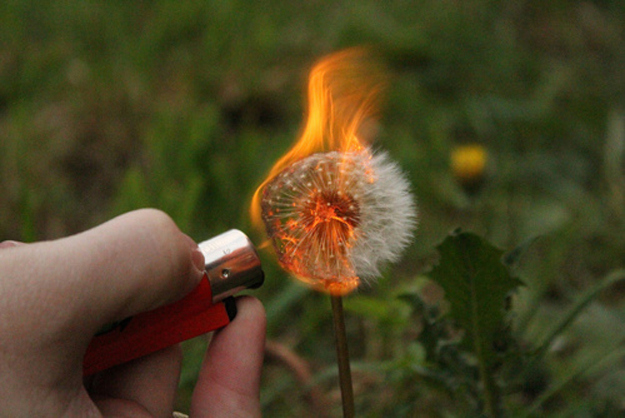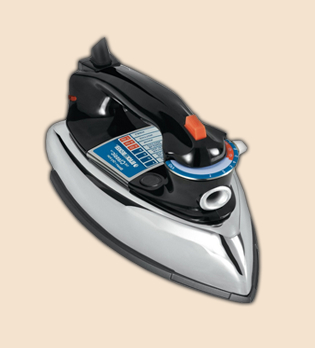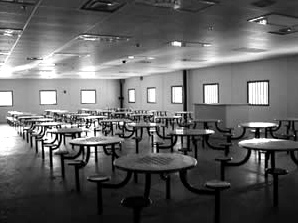 For years I’ve sworn my epitaph will read, “…and he never set foot in Texas.”
For years I’ve sworn my epitaph will read, “…and he never set foot in Texas.”
- Texas is one of the worst states to be either a child or an old person.
- Its high school dropout rate makes the Alamo look like the Iwo Jima flag raising.
- It seems fitting that this Lone Star of illiteracy is represented by a belt-buckle.
- Gun-loving Texas is ranked last in the country in mental health spending and worst in health services, hospital care, and access to health insurance.
- Its big #1 in carbon emissions and hazardous waste production is justified with claims of “per-resident emissions.”
- Texans nearly top the list of most careless, worst drivers in America, but Houston scored 2014’s “Least Courteous” award. #guns
- What’s not big in Texas? Voter turnout, civic involvement, and political participation.
It’s a bit nitpicky to add that the average credit score in Texas has been the lowest in the country, because quality of life issues and countrified comedy gold are consequential, not illustrative. So instead, I’ll choose the one thing I’ve most openly mocked Texans for over the years – defending their vulgar bravado with “Don’t judge us ’til you hang with us.” Read more



